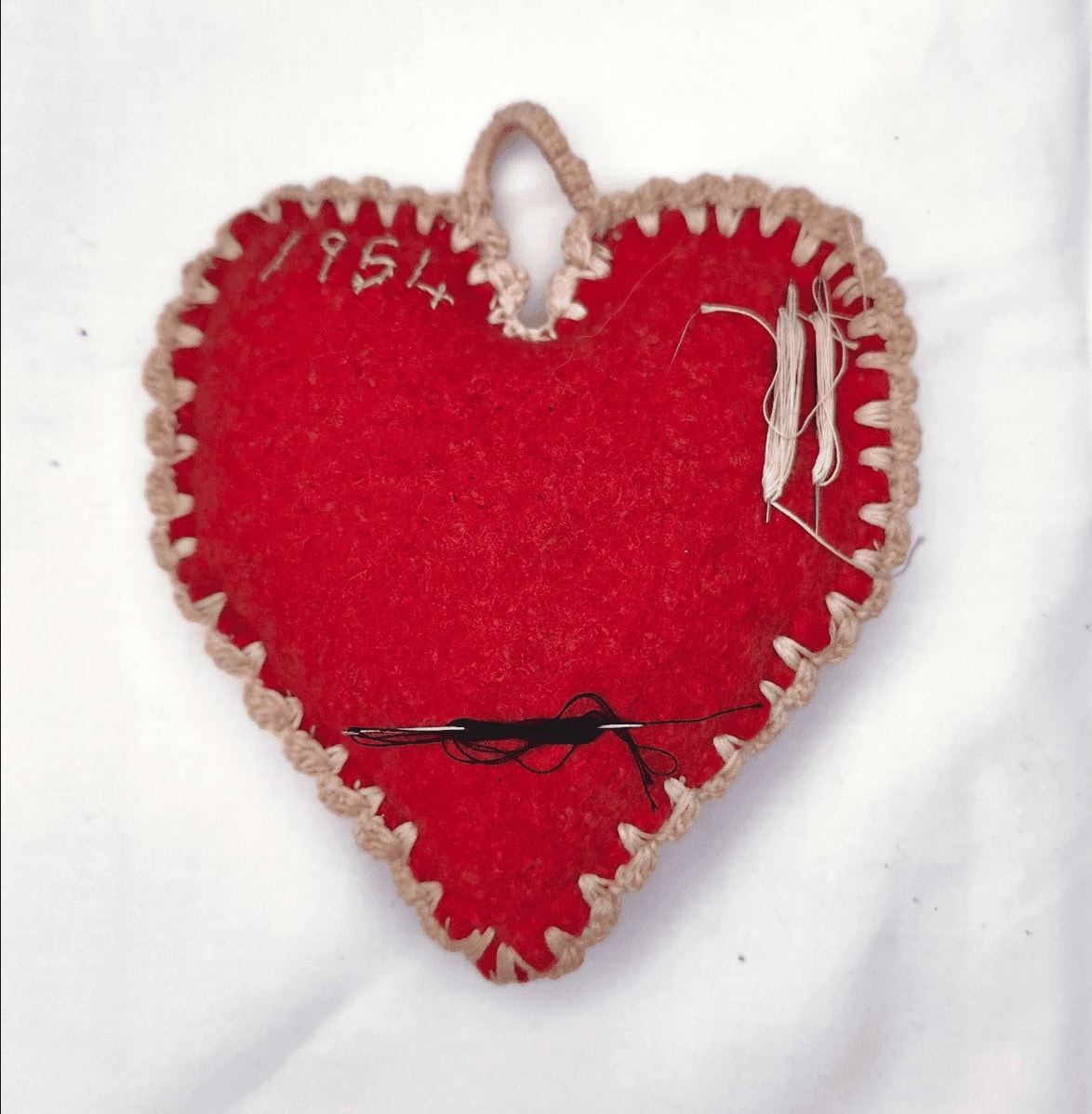

Much of our everyday language—in the form of idioms, clichés, or metaphors—makes reference to textiles. Using these phrases, we weave stories, spin tales, and thread narratives. But where do these expressions come from, and what do they mean?
In a blog series posted on intermittent Mondays, we will be unpacking textile-related idioms. Stay tuned to learn their metaphorical and historical meanings.

Anyone who works with needles knows that nothing is more stressful– or more difficult– than finding one that has been dropped. They are tiny, sharp, and blend easily into a carpet or soft surface where they wait for some unsuspecting foot to step onto their waiting point.
The idiom “like a needle in a haystack” refers to something being nearly impossible to find. It is at least five hundred years old, with the oldest known usage being from an early English translation of the early 17th century Spanish novel Don Quixote de la Mancha by Miguel de Cervantes. The English translator took the Spanish “buscar a Dulcinea por el Toboso como a Marica por Rávena” which literally translates to “looking for Dulcinea will be like looking for Marica in Ravena” (evidently Marcia was a popular name in Ravena) and translated it to a phrase that would be more familiar to his English audience: “as bad as looking for a needle in a bundle of hay.”
Some variation of this idiom exists in many different languages across cultures: a Chinese proverb refers to something being as difficult as “feeling for a needle.” Let us know if you know another version of this common phrase!
